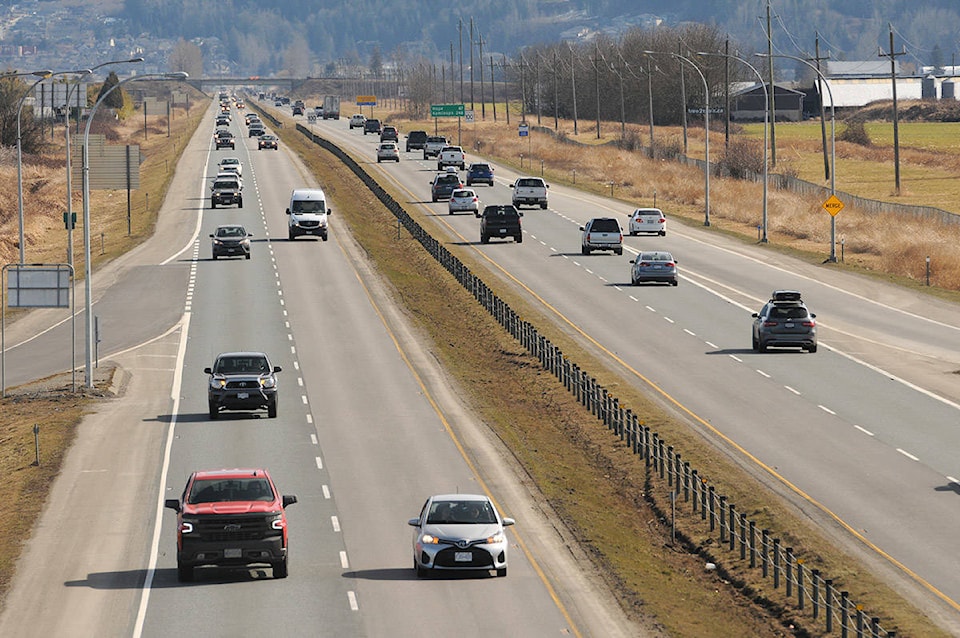It’s a bumpy ride travelling west on Highway 11 between Red Deer and Sylvan Lake.
This is because frost heaves have disrupted the flow of the highway. Frost heaves, according to Alberta Transportation, occur when water from the lake has filtered under the highway and then freezes.
“As the water contained in soil freezes, it expands and creates a suction that draws more water into the soil, causing larger heaves on the road’s surface over time,” Brooklyn Elhard, press secretary for the Ministry of Transportation, said in an email.
The two-kilometre stretch of road between Red Deer and Sylvan Lake has been susceptible to frost heaves for years.
Alberta Transportation has worked on the road twice in an attempt to fix the bumpy roadway.
The first repair involved installing drains at “regular intervals… to prevent water from entering the embankment.”
Elhard said the drains prevented heaving at the locations where they were present, but the areas next to the drains continued to heave.
Last summer, Alberta Transportation once again addressed the issue. The construction on the highway involved cutting and removing pavement, digging out the section that heaved and repaving the roadway.
“The second repair was to make the embankment more uniform, which is expected to help even out the heave conditions,” Elhard said.
The southern lane, heading east into Red Deer, does not face the same problems.
This is because the eastbound road has not been impacted by the water of Cygnet Lake, according to Elhard.
“The highway was designed and constructed to take the lake into consideration and met all engineering standards. Water from the lake has been filtering along the north side of the highway and has not impacted the south or eastbound lanes.”
Alberta Transportation says it is closely monitoring the work that has been done on this stretch of road.
Soil and groundwater conditions are being watched, Elhard said.
“It may take a year or two for the repaired areas to saturate to the same degree as the unrepaired areas, allowing the road surface to even out,” she said.
A longer-term solution is being explored, however, Elhard was unable to say more about what options Alberta Transportation is exploring.
